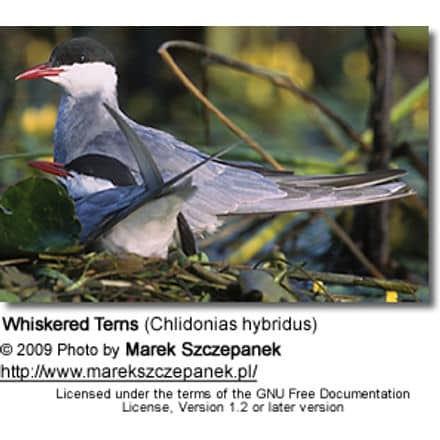Coal Tits (Parus ater)
The Coal Tits, (Parus ater) is a passerine bird in the tit family Paridae.
Distribution / Range
It is a widespread and common resident breeder throughout Europe, Asia, and northern Africa. It is resident, and most birds do not migrate.
Coal Tits will form small flocks in winter with other tits.
Description
The Coal Tit is 10–11.5 cm in length and has a distinctive large white nape spot on its black head.
The head, throat, and neck of the adult are glossy blue-black, setting off the white on the nape and sides of the face; the white tips of the coverts show as a double wingbar.
The underparts are white shading through buff to rufous on the flanks. The bill is black, the legs lead-colored and the irises are dark brown.
The young bird is duller than the adult, the black head having no sheen, and the white of the nape and cheeks is tinged with yellow.
There are a number of subspecies.
- The British race P. a. britannicus has an olive brown back, distinguishing it from the nominate continental race P. a. ater in which the back is bluish grey.
- The North African race P. a. ledouci has yellow underparts and cheeks, and
- the Cypriot P. a. cypriotes has a buff tinge to its upperparts, and deep buff underparts.
This species resembles other tits in acrobatic skill and restless activity, though it more frequently pitches on a trunk, and in little hops imitates the Treecreeper.
Diet / Feeding
Its food is similar to that of the others; it is keen on beechmast, picks out the seeds from larch and fir cones, and joins Redpolls and Siskins in birches and alders.
Calls / Vocalization
During these food hunts it keeps up an incessant short flight or flock call; the song, if song it can be called, is a strident if-he, if-he, if-he, heard most frequently from January to June, but also in autumn. One variant of this song or call ends with a sharp ichi.
Nesting / Breeding
A favorite nesting site is a hole in a rotting tree-stump, often low down, and the nest is deep within the hole; holes in the ground, burrows of mice or rabbits, chinks between the stones in walls, old nests of magpies or other large birds, and squirrel dreys are also occupied.
The materials, moss, hair and grass, are closely felted together, and rabbit fur or feathers added for lining; seven to eleven red spotted white eggs of the usual tit type are laid, as a rule, in May, but second broods are rare.





